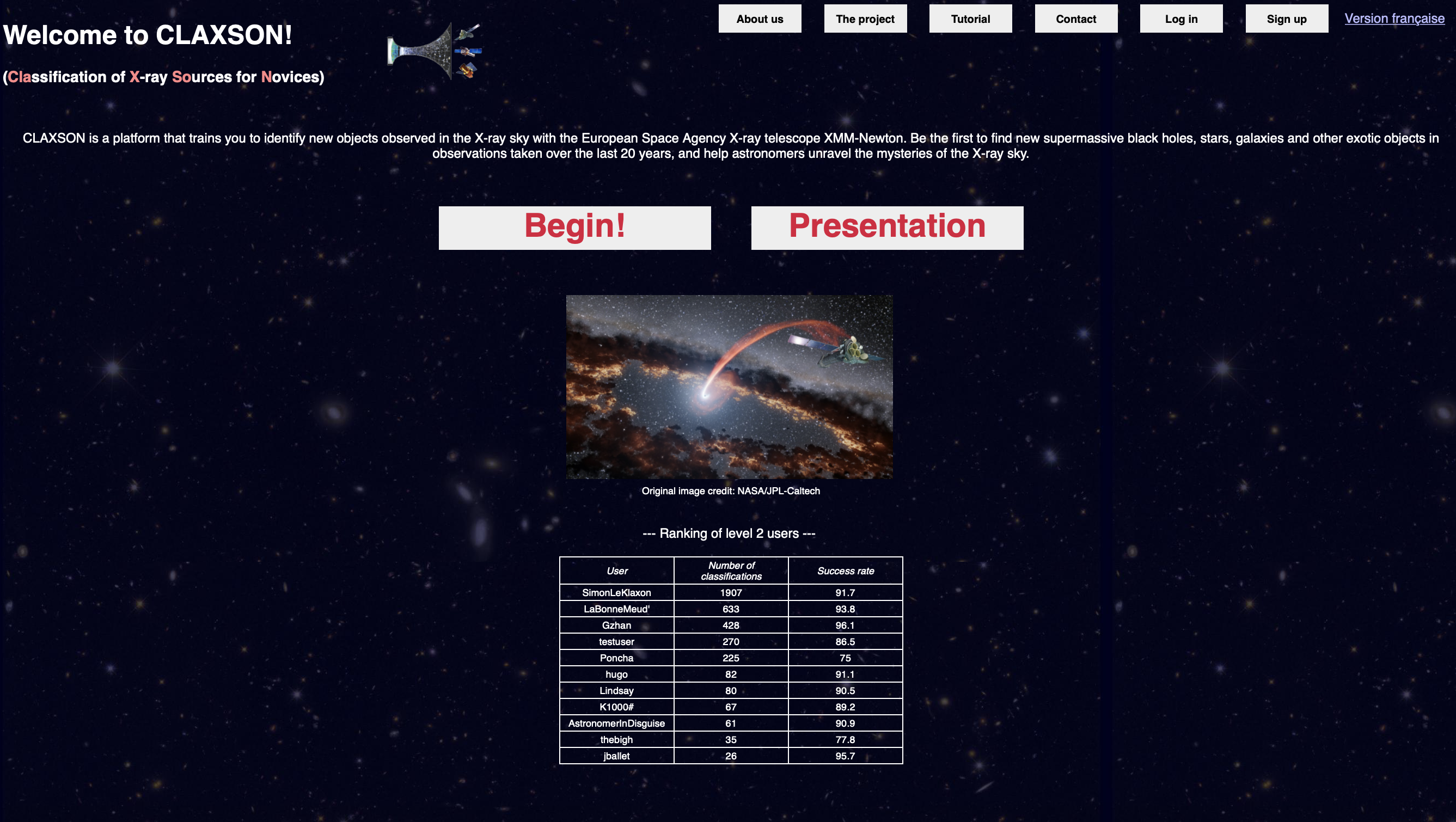The Instituto de Física de Cantabria is part of the consortium that manages the catalogues of the oldest satellite of the European Space Agency, the XMM-SSC
11th November 2020
The
XMM-Newton
X-ray observatory is celebrating the 21st anniversary of its launch into space with the publication of a
new data catalogue, the
4XMM-DR10, a compilation of nearly 850,000 (849,991) X-ray detections found in more than 11,000 (11,647) observations made since its launch two decades ago.
The XMM-Newton Survey Science Centre (XMM-SSC) has been commissioned to carry out this comprehensive work, which will enable the astronomical community to identify new objects in the Universe and to better understand the nature of supermassive black holes.
This is the oldest observatory of the European Space Agency (ESA), launched in December 1999 from the Kourou base in French Guayana and took its first data in January 2000. But it is also the most productive in terms of scientific results: most of detections it makes are fortuitous and of an unknown nature, and most of the objects discovered and included in this catalogue correspond to
supermassive black holes, with masses between one million and ten billion times that of our sun, each in the centre of its own galaxy.
"Citizen science is a new way of doing science and is booming"
Therefore, and in order to try to identify these black holes known as Active Galactic Nuclei that absorb large amounts of matter from stars or other binary systems,
they have devised a website that allows general public to help astronomers in their search, to better understand the content of the catalogue.
"Citizen science is a new way of doing science and is booming", says
Hugo Tranin of the Institute for Research in Astrophysics and Planetary Sciences (IRAP) in Toulouse, France, the main developer of the website,
CLAXSON.
CLAXSON
CLAXSON or
Classification of
X-ray
Sources for
Novices, allows you to navigate through all the necessary previous steps before learning how to identify the objects contained in the catalogue as the aforementioned black holes or stars that shine millions of times brighter than the radiations seen from our Sun.
"Thanks to the identifications that the public will be able to make with CLAXSON, we will be able to build a large sample that will serve advanced learning techniques and allow a computer to identify other sources in the catalogue" points out
Natalie Webb, from the Research Institute of Astrophysical and Planetary Sciences in France and director of the XMM-SSC.
"As XMM-Newton continues to study the X-ray sky, finding more exotic objects, we will be able to classify them automatically thanks to the help of users, providing a great deal of information to both the scientific community and general public”, points out Webb.
These catalogues will allow the astronomical community to study high-energy objects that often cannot be detected in visible light by humans in 1174 square degrees of the sky (over 6000 times the area of the full moon). Studying these objects helps us to understand how black holes and galaxies grow, and how the Universe in which we live is structured.

International Consortium
XMM-SSC is a consortium in which the following institutions participate: Instituto de Física de Cantabria (CSIC-UC), Santander, Spain; Institut de Recherche en Astrophysique et Planétologie, Toulouse, France; Observatoire Astronomique de Strasbourg, France; Département d'Astrophysique, CEA/DRF/IRFU, Saclay, France Leibniz-Institut für Astrophysik Potsdam (AIP), Germany; Max-Planck Institut für extraterrestrische Physik, Garching, Germany; University of Leicester, United Kingdom and Mullard Space Science Laboratory, University College London, United Kingdom.
